Note: This article is for general information only and does not claim any medical treatment. Always consult your doctor for more information and make appropriate changes as per his advice.
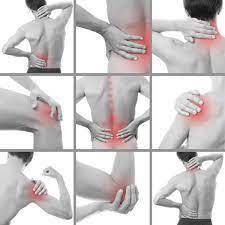
Introduction:
Joint pain can be a debilitating condition that affects people of all ages and lifestyles. Whether it’s caused by aging, injury, inflammation, or underlying medical conditions, living with joint pain can significantly impact one’s quality of life. In this blog, we will delve into the causes, symptoms, and various treatment options available to help you understand and alleviate joint pain, enabling you to regain comfort and mobility.
Why do joints hurt?
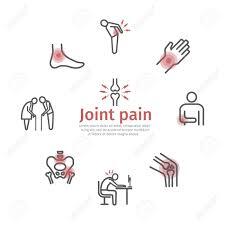
Common joint pain typically manifests in the hands, foot, hips, knees, or spine. Pain may be ongoing or intermittent. The joint may occasionally feel stiff, achy, or sore. A searing, throbbing, or “grating” feeling is reported by some patients. Furthermore, the joint could be stiff in the
morning but get looser and feel better with activity. However, excessive activity could exacerbate the pain.
Joint pain can make it difficult for a person to perform simple chores and may even alter how well the joint works. The quality of life might be impacted by extreme joint pain. Treatment should concentrate on the impaired activities and functioning as well as the discomfort.
What causes joint pain?
The following are the main reasons for persistent joint pain:
1. Osteoarthritis :-
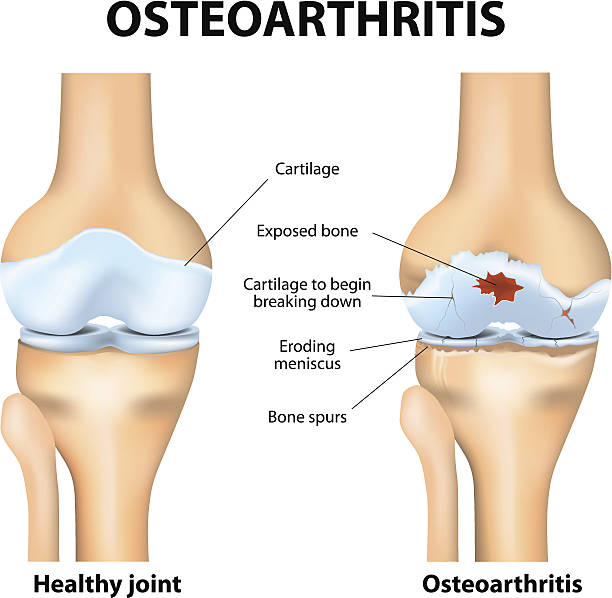
A common kind of arthritis called osteoarthritis develops over time when the cartilage, which serves as a cushion between the bones, breaks down. Joints start to hurt and stiffen. Osteoarthritis usually appears in middle age and progresses slowly.
2. Gout :-
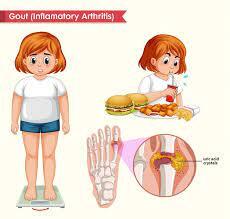
Crystals from the body build up in the joint in the painful condition known as gout, which results in excruciating pain and swelling. Usually, the big toe experiences this.
3.Tendinitis : –
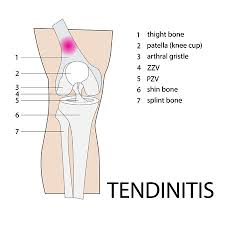
The flexible bands that connect bone and muscle are called tendons, and tendinitis is an inflammation of them. It is frequently brought on by overuse and typically manifests in the elbow, heel, or shoulder.
4.Bursitis:-
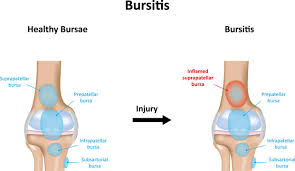
Overuse is a factor in bursitis. Usually, it can be discovered in the shoulder, elbow, hip, or knee.
5.Arthritis Rheumatoid :-
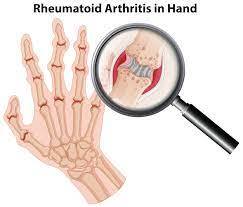
A persistent condition that injures the joints and produces swelling is rheumatoid arthritis. The joints frequently develop deformities, most frequently in the fingers and wrists.
What steps can be taken to treat joint pain?
If the joint pain is severe and does not go away with medication, physical therapy, or exercise, surgery might be a possibility. To ensure that a procedure makes sense, please make sure to discuss this with the doctor.
There are numerous surgical alternatives, including:
1.Replaces joints:-
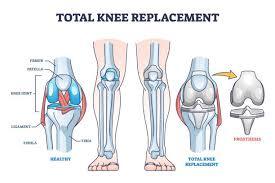
Once the cartilage that cushions and protects the ends of the bones gradually deteriorates, surgery may be required to replace the joint if other therapies are unsuccessful. Hip, knee, and shoulder joints can all be treated in this way.
2.Arthroscopy:-
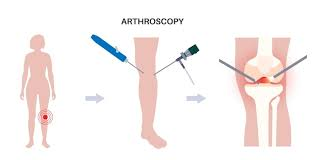
In order to repair cartilage or remove bone chips from the joint or area around it, a surgeon will create two or three tiny incisions in the skin above the joint. He or she will then enter the joint through the incisions using an arthroscope, which is a thin, flexible, fiber optic tool.
An artificial joint composed of plastic or metal is implanted after the patient’s bone is partially removed by the surgeon. The majority of patients experience long-lasting pain alleviation following this sort of surgery, which has great results.
How is arthritis treated?

The patient can get alleviation from their discomfort even though there may not be a cure for it. Taking over-the-counter medicine or engaging in easy daily workouts might sometimes make the pain go away. Sometimes, though, pain may be a symptom of a condition that requires either surgery or a prescription drug to treat.
1.Topical treatments :-

Additionally, applying creams or gels to the skin over the troubled joint area may help reduce pain. Some of them may be purchased without a prescription or over-the-counter, respectively.
2.Exercise :-

Regaining function and strength can be aided by exercise. The optimum aerobic exercise is low-impact, such as walking or swimming. Those who engage in demanding workouts or sports activities may need to reduce their participation or start low-impact exercise routines. Exercises that gently stretch the body will be beneficial. Before starting or continuing any fitness programme, consult your doctor.
3.Simple at-home remedies :-

4.Dietary supplements:-

Dietary supplements, such as glucosamine, may aid with pain relief. Before using any over-the-counter supplements, consult a physician.
What signs of joint pain need to be taken seriously?
Joint pain symptoms might range from minor to incapacitating. Without cartilage, bones that move together directly against one another. Some symptoms include:
- Swelling
- swollen or stiff joints
- Numbness
- noisy joints, or noises made when moving the joint, such as clicking, grinding, or breaking
- painful motion
- inability to bend or straighten the joint
- Motion loss
- A red, heated, and swollen joint (which has to be examined right away by a doctor)
Conclusion:
Living with joint pain can be challenging, but understanding its causes and seeking appropriate treatment can make a significant difference in managing and alleviating discomfort. By adopting healthy lifestyle habits, seeking medical guidance, exploring various treatment options, and practicing self-care, individuals can regain control over their joint health and enhance their overall well-being. Remember, with proper management and support, a life free from aching joints is within reach.

